A corrosion-resistant coating for steel and metal is called e-coating, sometimes known as electrocoating. Wet paint finishing is one type of e-coating.
This is because e-coating is known for its capacity to produce paint in large quantities at a reduced expense while offering a finish that is level, smooth, and long-lasting.
Should you be uncertain about the e-coating procedure, this post will provide you with a concise, detailed walkthrough on the effective application of e-coat on metal surfaces.
E-Coat's Advantages
The greatest benefits were observed when e-coat was contrasted with solvent-based spraying and powder coating.
- The thickness of the homogeneous covering
- No issue with overspray
- Complete non-flammability
- Components could be damp or dry
- Non-coated insulated racks
- The entire base materials are covered

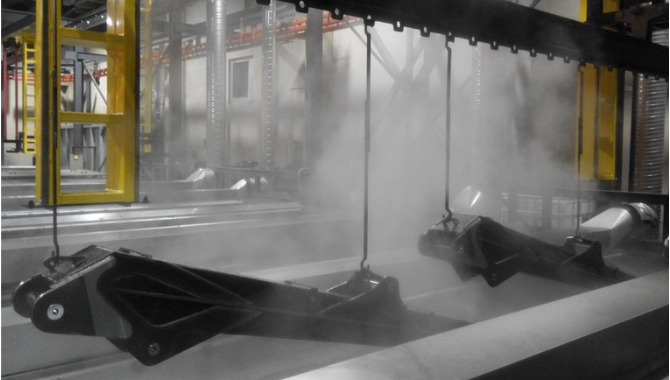
How E-coating Works
The coating ingredients—resins, colors, additives, etc.—are mixed with water and kept in a bath.
The items that need to be coated are submerged in the solution, and then they serve as an electrode to conduct an electrical current through the bath.
The Materials Suitable for E-Coating
Aluminum: Because it is lightweight and versatile, this metal finds extensive use in manufacturing applications.
Stainless Steel: In the building sector, this metal is among the most often used materials. Particularly when exposed to the weather, the coating process can greatly increase its corrosion resistance.
Chrome Plating: Surface resilience is frequently increased with chrome plating. An additional layer of defense and a beautiful finish are provided by electrocoating.
Copper: Due to the fact that copper tarnishes easily when exposed to oxygen, this process ensures that copper is completely covered.
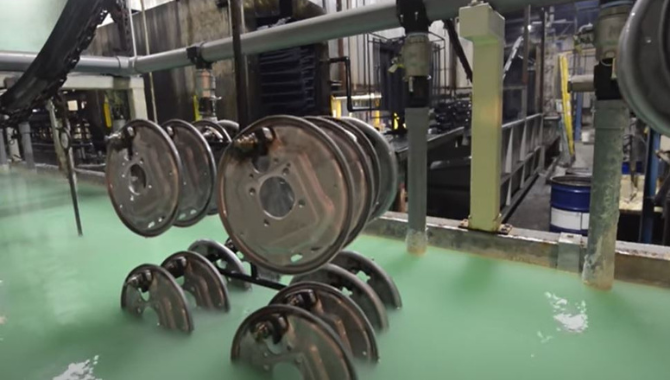
Electrocoating Process
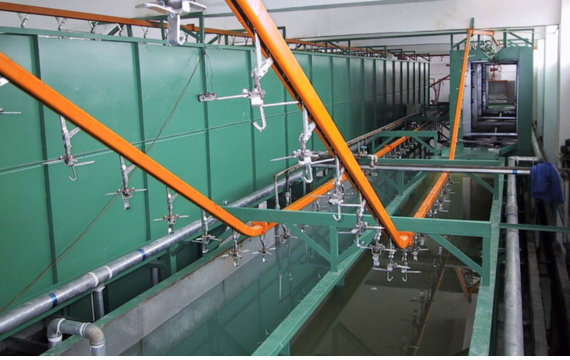
Before applying the appropriate e-coat, the metal surface must be cleaned and phosphate.

The first process involves applying the necessary chemicals to the prepared metal surface using an electrocoating bath.
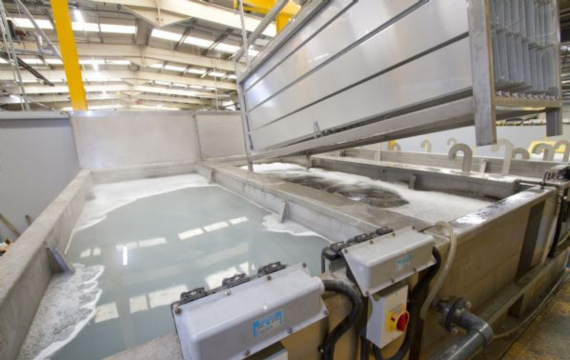
The objectives of this stage are to improve the coating’s quality and start the paint recovery procedure.
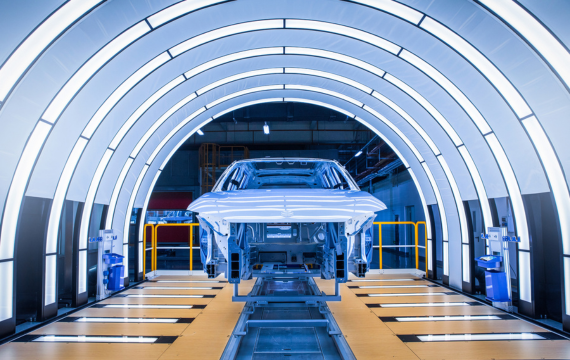
The e-coated object is cleaned and then baked to create a cross-link paint layer that strengthens the object’s performance characteristics.
Some Common E-Coating Applications

Because of the method’s exceptional resistance to corrosion, it is frequently employed in aerospace manufacturing.

Enduring deterioration and corrosion resistance. E-coating is perfect for agricultural applications because of its increased resilience.
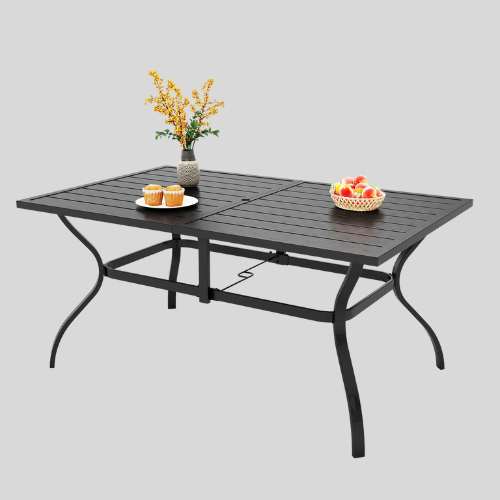
This technology is commonly used for household products such as wall brackets and metal-framed chairs
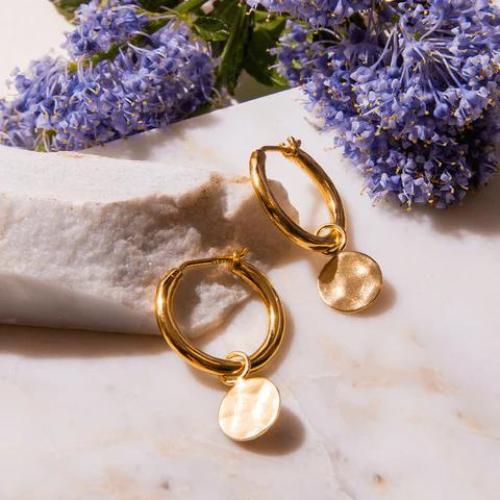
Another reason this method is so popular is because jewelry is so intricate. E-coating is a useful technique for protecting solid jewelry metals against scuffs and discolorations.

Due to its advancements, KDMFAB and other manufacturers in the current vehicle industry strongly appreciate this procedure.
E-Coat is a black paint finish that has a consistent thickness of 15 to 30 microns.
E-coating can have varying costs based on a number of variables. Such as:
- Part Dimensions and Intricacy
- Amount of Production
- Coating Material Type
- Qualitative Standards
- Procedures for Pre-treatment
- Location in Space
- Vendor or Service Provider
- Market Situation
- E-coating gives you an infinite color selection as opposed to gold-plating, which is limited to rose or white applications.
- The layer created by e-coating is the same thickness around the object.
- The metal to which e-coating is coated retains its original chemical composition.
- Compared to traditional coating methods, the e-coating process uses less energy and material, making it a greener choice.
- The materials are submerged in a water-based solution, which reduces the possibility of flammability.
E-coatings are renowned for their sturdiness and ability to withstand corrosion, giving coated products long-lasting protection.
Indeed, non-metallic surfaces like some kinds of plastic can be coated with E-Coating.
But for the electrical current to help with the coating process, the object needs to be conductive.
Compared to some traditional coating methods, e-coating is thought to be more ecologically friendly because it frequently uses water-based paints with reduced volatile organic compounds (VOCs).



